What is Accounts Receivable?
Dec 25

Introduction
Accounts receivable (AR) refers to the outstanding payments owed to a business by its customers for goods or services delivered on credit. It represents a legal obligation from the customer to the business and is classified as a current asset on the balance sheet, as the payments are typically collected within a short period, such as 30, 60, or 90 days. AR serves as an essential component of the sales cycle, allowing businesses to extend credit terms to customers and generate revenue without immediate cash payments. Efficient management of accounts receivable ensures stable cash flow and minimizes the risk of bad debts.
How it works?
A wholesale food distributor delivers $20,000 worth of products to a restaurant chain, granting a 45-day credit period. The restaurant immediately receives the goods and uses them in its daily operations, while the distributor records the $20,000 as accounts receivable. This receivable represents revenue earned but not yet collected. During the credit period, the distributor uses the AR entry to forecast cash inflow and allocate resources for restocking inventory. If the restaurant pays within the agreed term, the distributor reduces its AR balance and increases its cash balance, ensuring steady operations and financial health.
Why it is important?
Accounts receivable is vital for businesses due to its impact on financial health and operational efficiency. Here’s why it matters:
1. Revenue Recognition: AR allows businesses to record revenue when goods or services are delivered, even if payment is delayed, ensuring accurate financial reporting.
Example: A marketing agency records $15,000 as AR for services completed in December, even though payment is due in January.
2. Cash Flow Planning: AR helps businesses predict future cash inflows, enabling them to allocate resources efficiently and manage expenses.
Example: A construction company uses its AR balance of $100,000 to plan upcoming material purchases.
3. Customer Retention and Sales Growth: Offering flexible credit terms builds trust and encourages repeat business from customers.
Example: A clothing manufacturer provides a 60-day credit option, increasing sales volume and fostering long-term client relationships.
4. Liquidity Indicator: AR turnover rates indicate a business’s efficiency in collecting payments. High turnover reflects healthy cash flow, while overdue AR may signal credit policy issues.
Example: A tech company streamlines its collection process to reduce overdue AR by 20%.
Why it is important?
1. Trade Receivables: These arise from the company’s core business operations and represent amounts owed for goods or services provided to customers on credit.
Example: A wholesaler records $50,000 as trade receivables for bulk orders delivered to retailers.
2. Non-Trade Receivables: These are receivables not directly related to core business activities, such as loans to employees or tax refunds.
Example: A company records $5,000 as AR for an employee loan.
3. Net Accounts Receivable: This represents the actual amount a business expects to collect, factoring in allowances for doubtful accounts.
Example: A business with $50,000 in AR sets aside $5,000 for potential bad debts, leaving $45,000 as net AR.
Conclusion:
Accounts receivable is a cornerstone of financial management, directly impacting cash flow, customer relationships, and operational sustainability. By carefully managing AR, businesses can maintain liquidity, minimize collection risks, and improve financial stability. Offering flexible credit terms and maintaining robust collection processes allows companies to grow their customer base while securing timely payments. Proper AR management is not only crucial for current operations but also for long-term success and financial health.
Accounting and Bookkeeping courses for you
Subscribe to our newsletter
Stay informed with the latest accounting tips, tools, and updates from Accountutor right in your email inbox.
Thank you!
Policy Pages
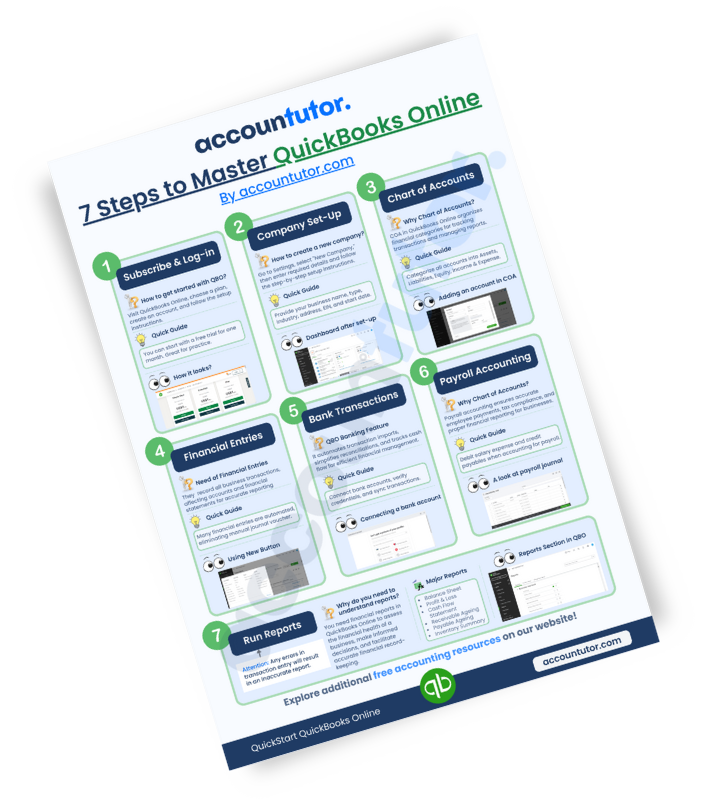
Download QuickBooks Online PDF Guide
Thank you!
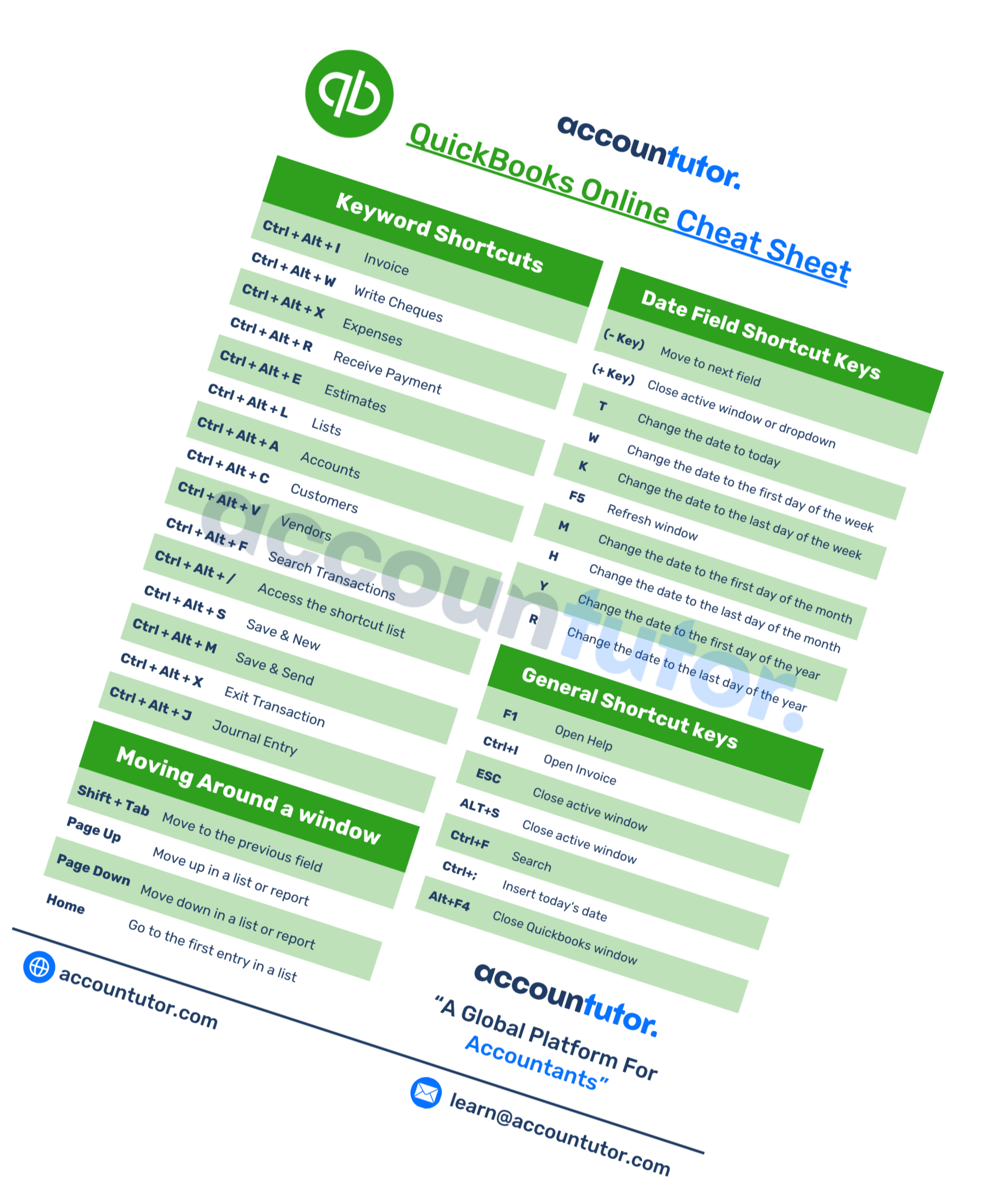
Download QuickBooks Online Cheat Sheet
Thank you!

Download ABCD of Accounting
Thank you!

Download Checklist 2024
Thank you!
Register For Free!
Thank you!
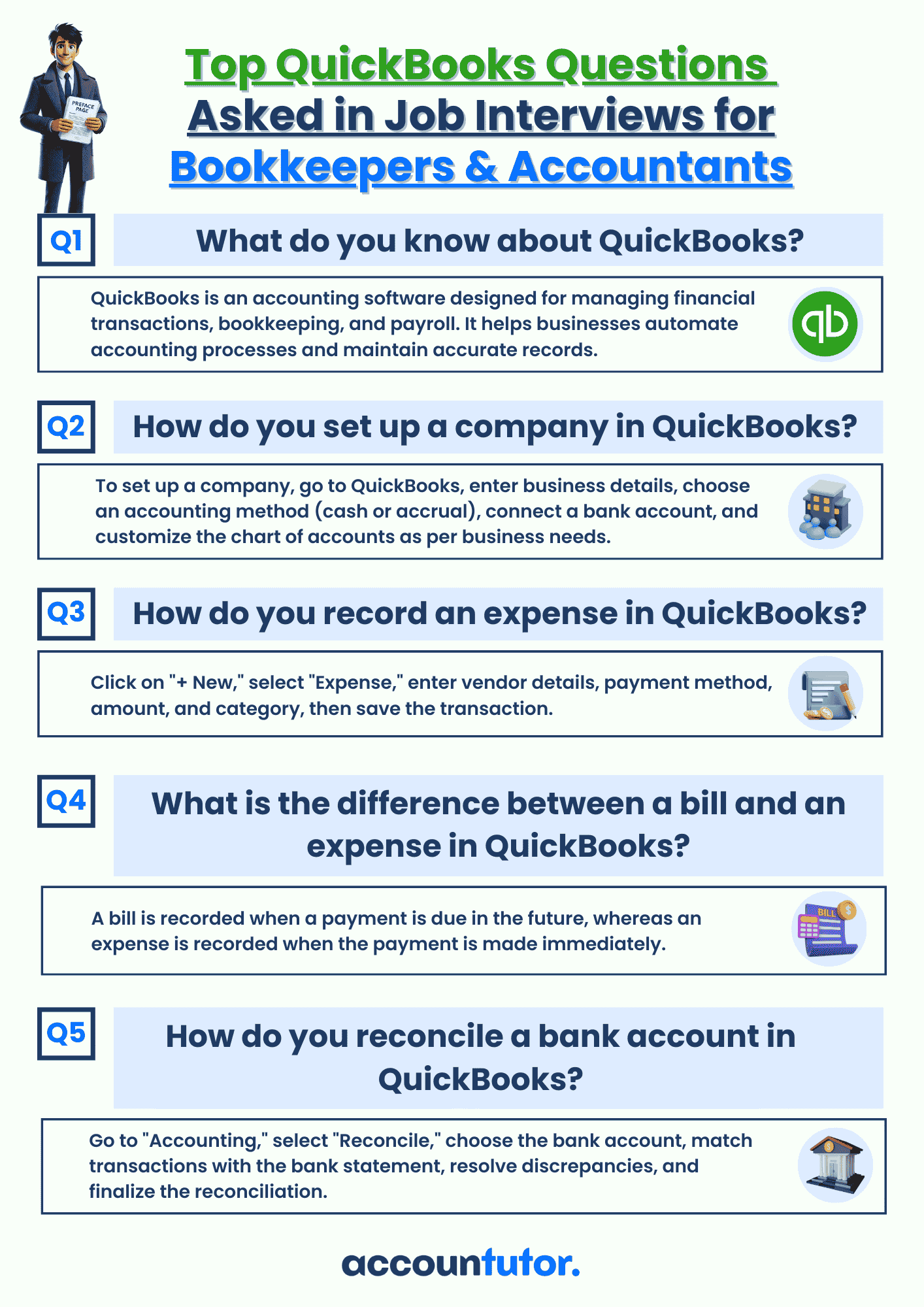
Download Interview Questions
Thank you!
Register for this webinar: How to Master QuickBooks Online— Without Feeling Overwhelmed
7th JUNE 2025 | 8:00 AM PST | 11:00 AM EST
Thank you! The joining link will be sent to your email shortly!
Webinar joining link will be sent to your email address.
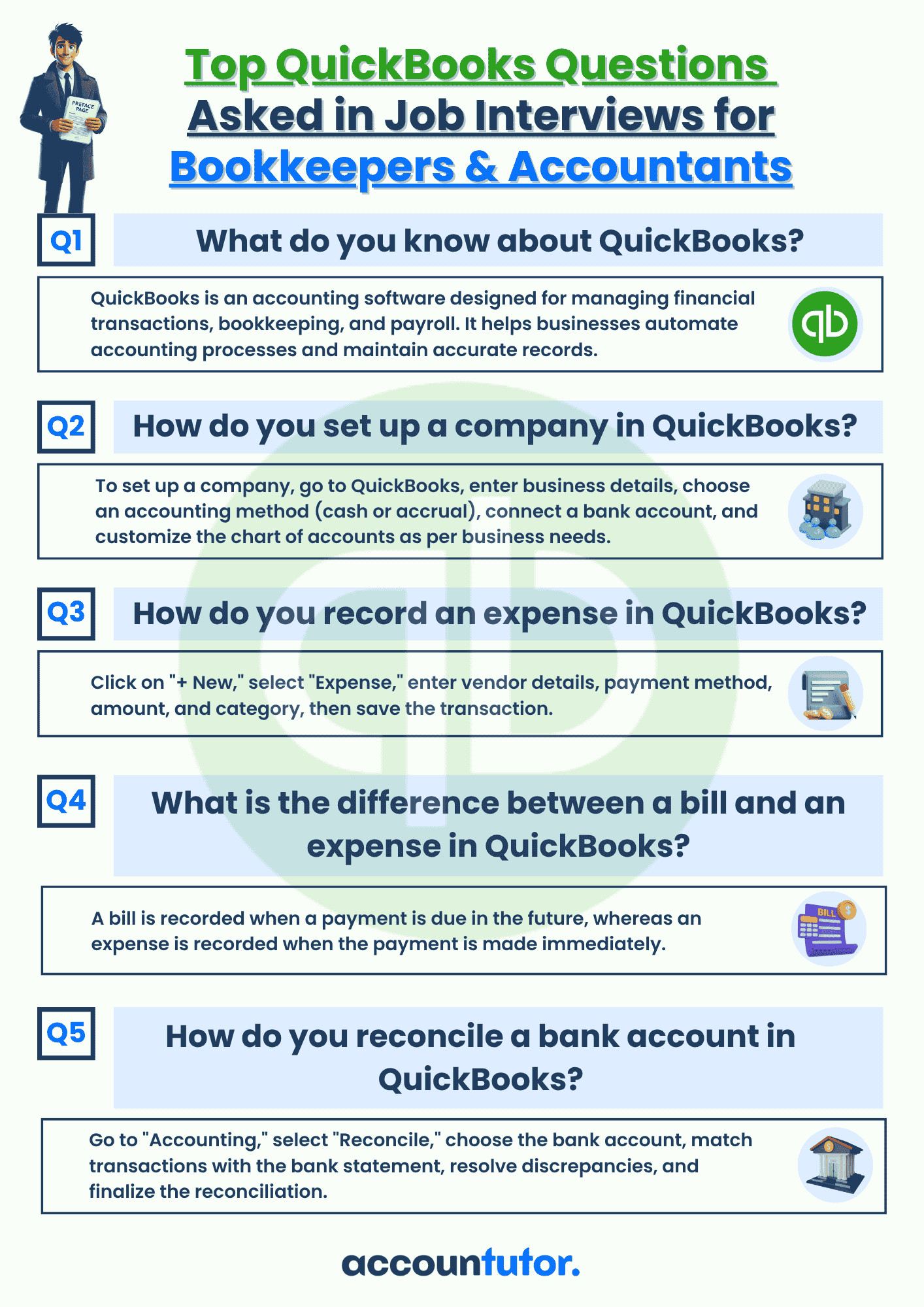
Download QBO Job Interview Questions and Answers PDF
Thank you!
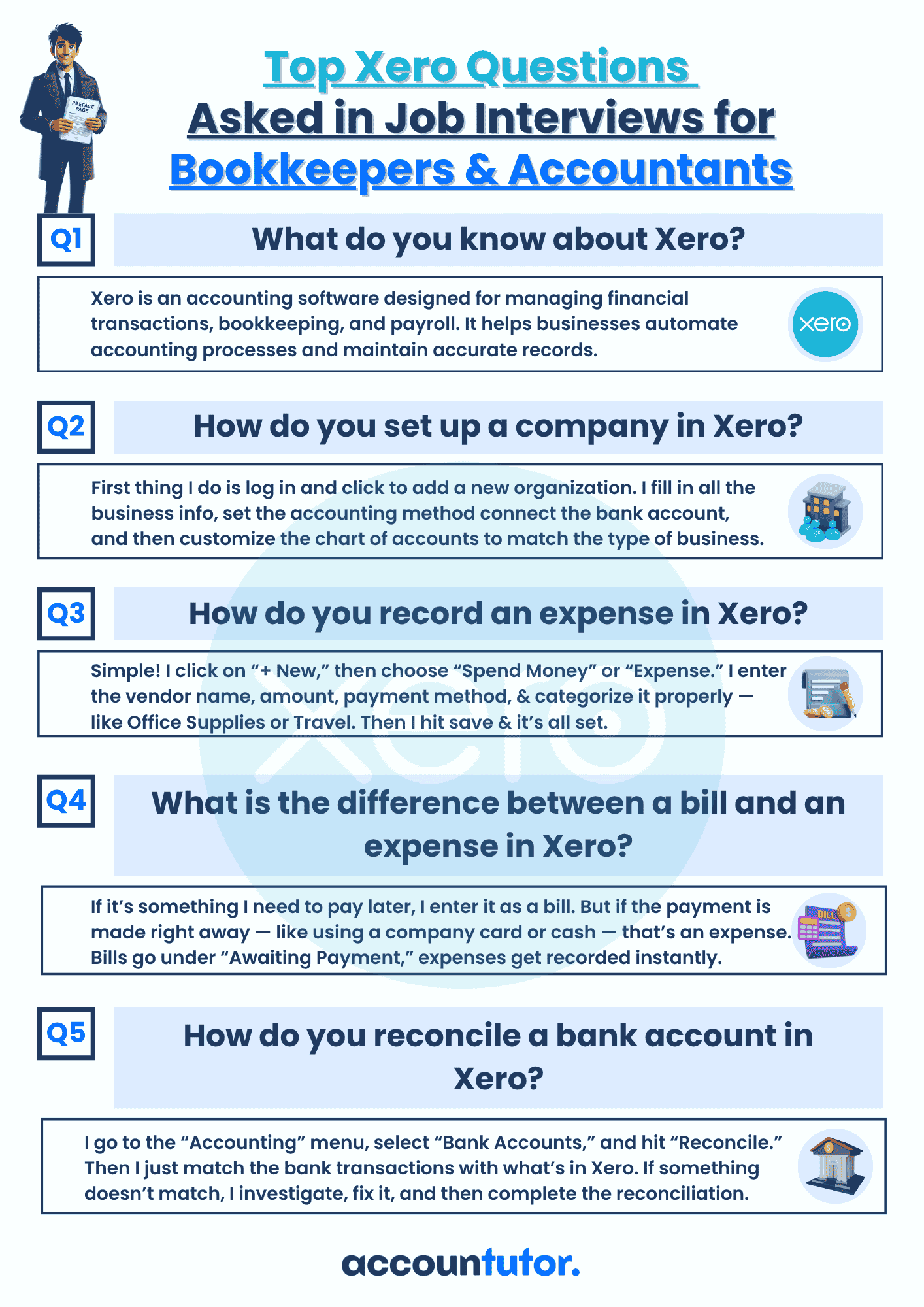
Download Interview Questions
Thank you!

Download 50 Interview Questions For Bookkeepers
Thank you!

